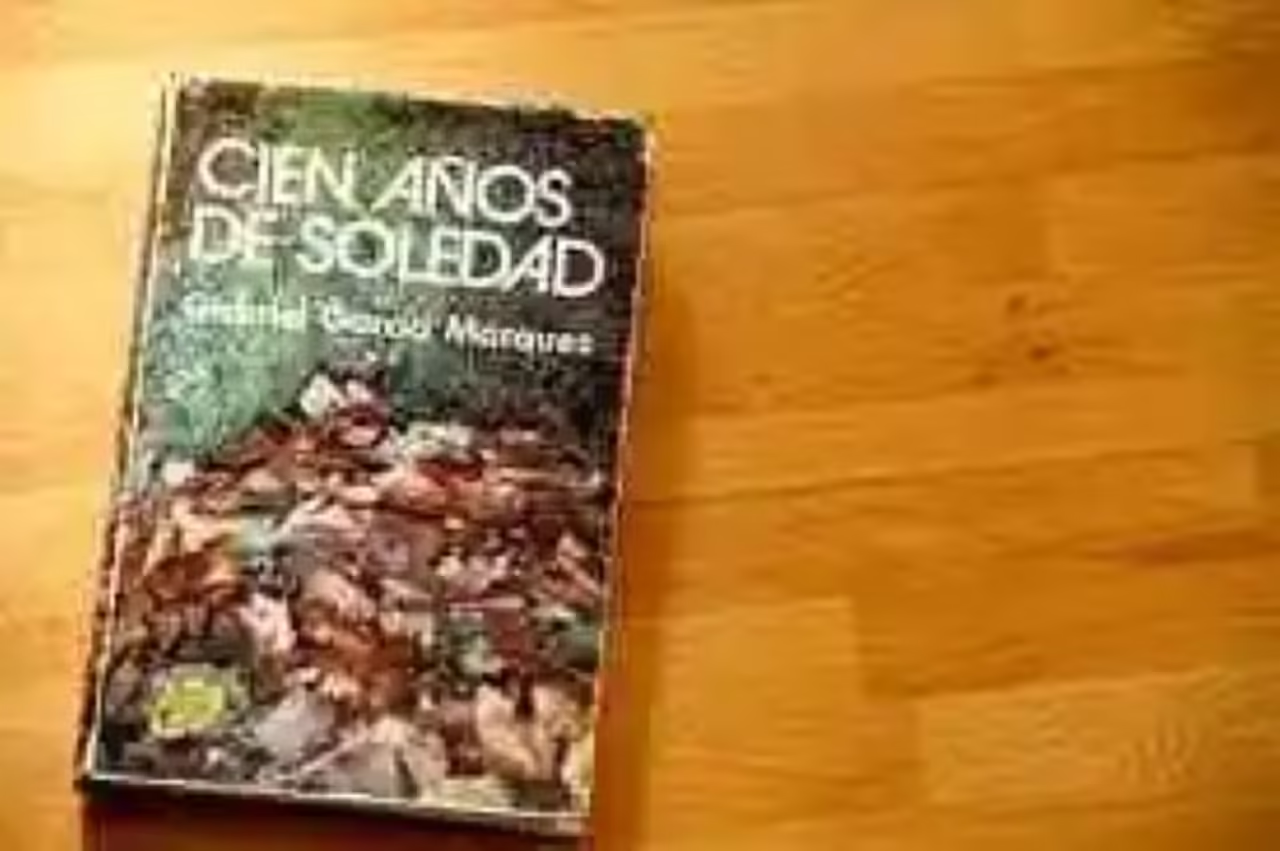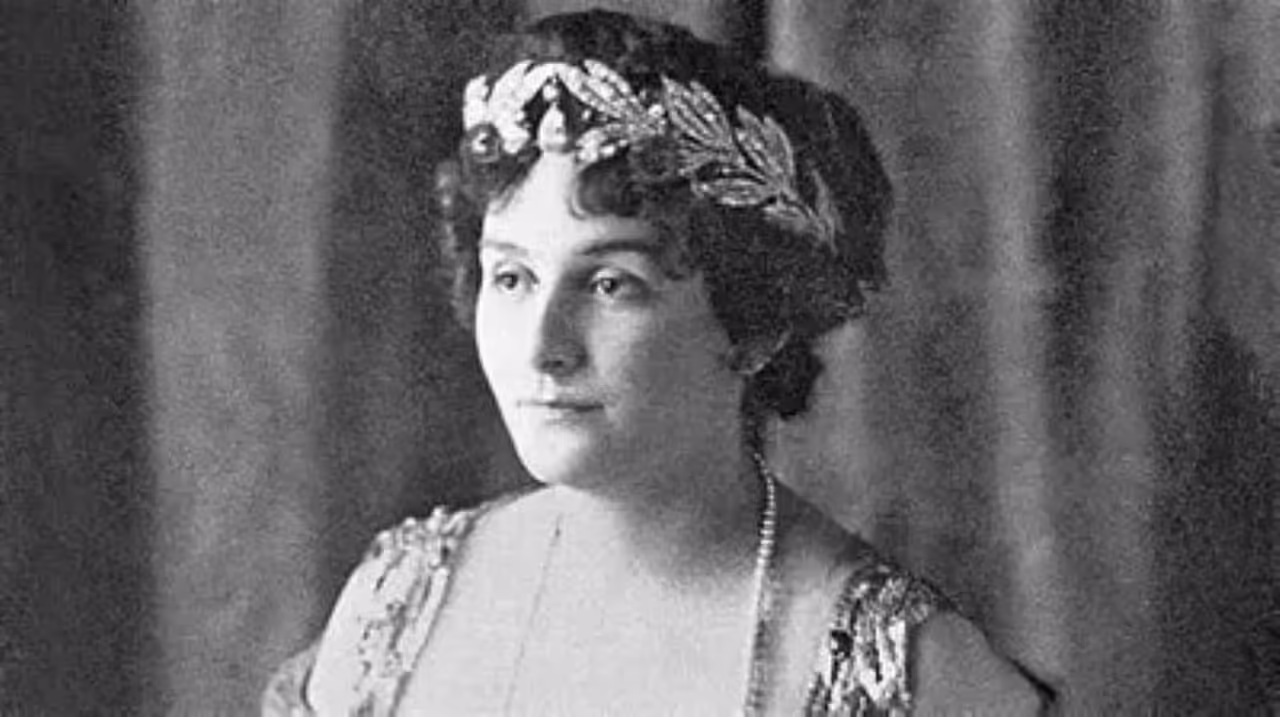In the field of American crime novels, one of the most famous novels by the writer and journalist Truman Capote is known as In Cold Blood. It was published in 1966 thanks to the work of the Random House publishing house.
About the work
Named by its own author as one of the pillars of the non-fiction novel, In Cold Blood is a perfect hybrid between the chronicle and the crime fiction novel, where the author is given the task of reconstructing, through testimonies and judicial evidence all the facts linked to the murder of the four members of the Clutter family, as well as the psychiatric profile of his murderers: the ex-convicts Dick Hickok and Perry Smith.
Nevertheless, one of the most outstanding facts of Capote’s writing is that it weaves the story, in a way that beyond the punctual fact of the brutal murder, the novel manages to show an X-ray of the personal and emotional world of each one of the criminals, which without pretending to defend them -even when many think it does- manages to reveal how in these two psychopaths there is a human side.
Truman began writing the novel in 1959, a few days after the murder of the Clutter family was carried out. Called by the great shock that caused such a vile crime to a respected family group with no apparent enemies,Truman Capote moved to the town of Kansas where the murders took place, in order to be an eyewitness to how this fact affected public opinion and the lives of Americans.
That’s how he began collecting notes from all the witnesses and locals who had met the Clutters. Later, when the police found out that Hickock and Smith were the murderers, they learned how these men were related to the crime from the collaboration of Floyd Wells, a former cellmate of Hickock, who had at some point told him about Mr. Clutter’s great fortune at home.
Since then, as Capote points out, Wells told that Hickock became obsessed with the idea of assaulting and murdering each of the Clutters, so that there would be no witnesses left to the crime he would commit with Perry. However, Convict Wells did not warn anyone for believing it was pure verbiage.
Capote also managed to interview for years the murderers, Hickok and Perry, of whom he managed to build a psychological profile, while he managed to find out what they did after the crime, how their lives were before and after, and especially how the motive for the brutal murder was a fortune that never existed, which was invented from the beginning by Floyd Wells, and which was summed up to almost fifty dollars that these men took from each of the Clutters after having praised their victims.
Dedicated to the writer of Kill a Mockingbird, Harper Lee, for being this woman who pushed Capote to continue with her investigations, when these seemed to lead to a tunnel without exit, In Cold Blood also became, after its publication, a true Bets Seller, being also the inspiring story of three great blockbusters: In Cold Blood (1967); Capote (2005) and Infamous or History of a Crime (2007).
Summary of In Cold Blood
Consequently, Truman Capote’s novel, In Cold Blood begins by drawing the personalities and lives of each of the members of the Clutter family: Father Herbert Clutter, his wife Bonnie Clutter, and their teenage daughters Kenyon Clutter (15) and Nancy Clutter (16), who would eventually be brutally murdered in their own home on November 15, 1959.
Through the testimony of many of his neighbors, Truman draws what would appear to be a typical and ideal American family of the late 1950s: hardworking, united, appreciated by their community, pious, quiet, religious, and above all without any apparent enemy. As a narrative resource, Capote focuses, to begin her story in the hours that preceded the brutal assassination, on how she tells fairly accurately the customs and relationships among the Clutters, both among themselves and with the members of Holcomb, the small Kansas town in which they live.
In parallel, the third-person narrator also gives an account of the hours before the brutal murder of the Clutters, lived by their authors: Dick and Perry, which strongly contrast with the idyllic life of the Clutters, and are based on each of the preparations that these men are making to go to the farm of this family, to steal it and murder it, which leaves in total evidence how this was a planned crime.
Likewise, In Cold Blood, as the story moves towards brutal crime, permission is given to use the flash back resource to introduce the testimonies of some of the witnesses who last saw one of the Clutters alive, or even those belonging to those who had to live the tragic moment of finding them lifeless, a fact that would not only cause shock in them, but would become a true media event, which would impact public opinion throughout the territory, beyond the borders of Kansas state.
In this way, the narrator begins to accompany the subsequent investigation, led by detective Al Dewey, who really does not know why to start looking for the culprit of such a massacre. However, by occupying an omniscient position, the narrator of the novel tells how while the investigation moves adrift, the culprits of the crime move to Mexico, to escape justice. This passage from the novel also serves as a stage to show the reader a psychological profile of the Clutter killers.
Thus comes the moment when a crime with no apparent solution becomes a solved case, when the convict Floyd Wells collaborates with Justice by indicating how Dick became obsessed in prison with the idea of going with Perry to the house of the Clutters, in order to steal and kill them, and how from the beginning Perry was their accomplice. Testimony enough to go after the trail of these men, who are finally apprehended and brought to justice.
Consequently, begins the part of the novel dedicated to the long trial that would be developed on the basis of the murder accusation on Dick and Perry. Occasion that the author takes advantage of to put in the mouths of the own executors the details and by minors of the murder of each member of the Clutter family. In the same way, it will be shown how the defense of these men will resort on several occasions to their obvious pisquiatric disorders, to justify their atrocious acts, and how again and again they will be dismissed by the jury, which ends up condemning them to the gallows.
Finally, the narrator of Cold Blood leads Detective Al Dewey to the day of the execution, describing how this policeman comes for the first time to an act of this type, doing so to see the end of the investigation that changed his career and his life forever. A little impressed with the improvisation of the place, as well as by the hanging gibbets of a lifetime, Dewey watches as the lives of Dick and Perry come to an end, by court decision, after having spent five years on death row, due to the crime committed against the Clutters.
After this, and perhaps trying to close with himself a painful cycle, which opened with the murder of the Clutters and ended with the execution of Dick and Perry, and which also brought to light the complex psychology of this part of murderers, as expressed by psychiatrists, separately did not represent danger, but together they were a cocktail of violence and evil that could only lead to what they ended up materializing, detective Al Dewey goes to the cemetery to express his respects in the tombs where the bodies of each one of the four members of this family rest.
While in the holy camp, Al Dewey meets Susan Kidwell, a great friend of Nancy Clutter, the eldest of the family’s daughters, who at the time of the murders was barely 16 years old. Dewey sees in Susan herself the little girl, and regrets the whole life she had ahead of her when her family was assaulted by these killers who did not last in killing them in cold blood.
The narrative flows toward the end of the book, telling how even though the community of Holcomb had to live through such hard moments because of these crimes, slowly found a way forward, because despite the facts life continued its normal course, turning this small town of Kansas back into a rural space, which however will always have in its memory the Clutters and their sad end.
This book is highly recommended and even taxed in the different universities and in the academy related to literature. The story is quite enveloping and from beginning to end, the reader is trapped in the lines.
If you liked this article, share it and write your comments. You can also suggest what topics you want us to write about. Your opinion is very valuable to us.
Image: portrait of Truman Capote, author of Cold Blood / Source: wikipedia.org








